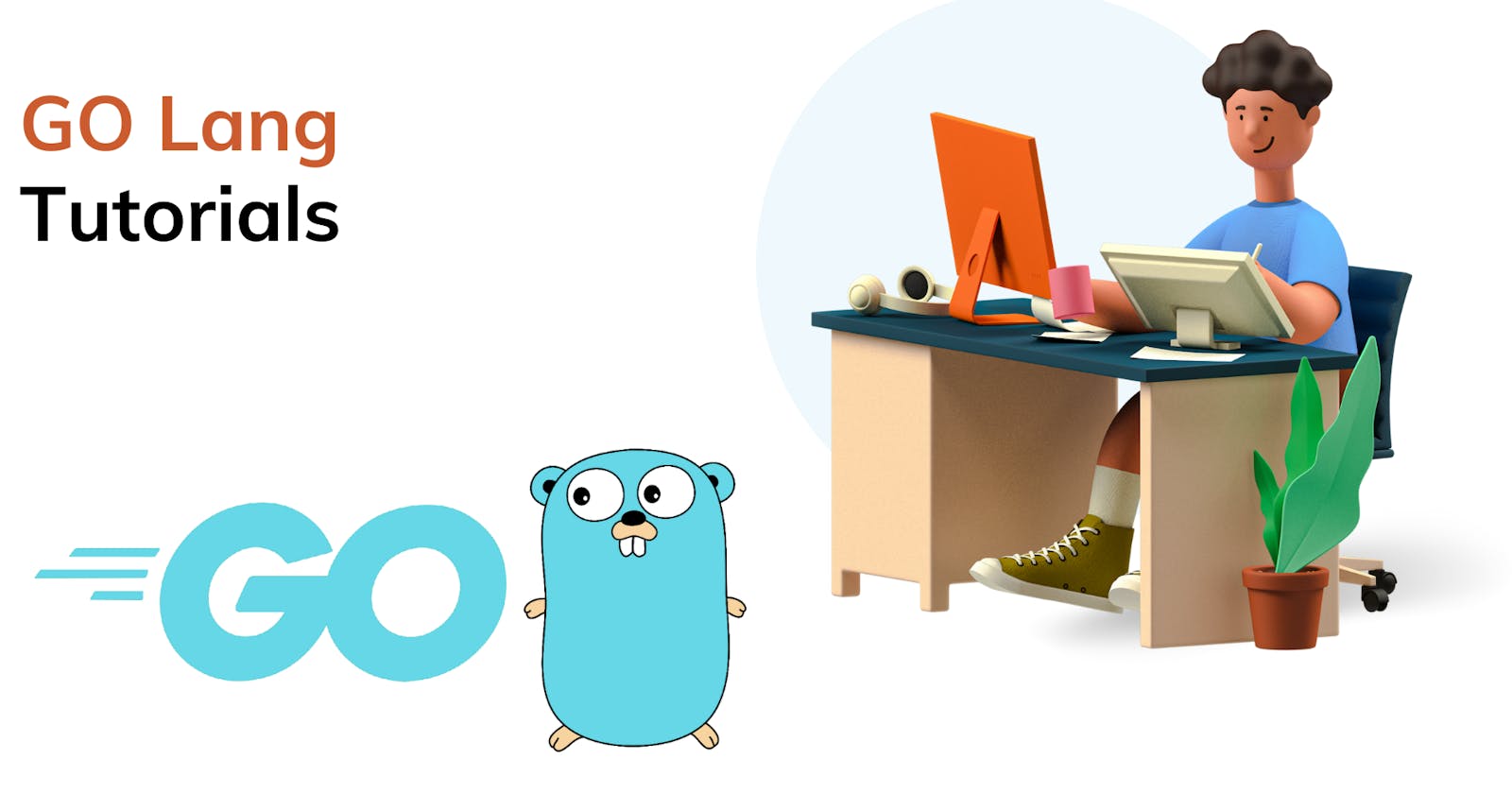In the vast landscape of Go programming, managing database operations efficiently is a cornerstone of robust application development. Enter GORM, the Go Object Relational Mapping library, designed to simplify database interactions for Go developers. Let's delve into an expansive exploration of GORM, unraveling its core features that redefine how databases are handled in the Go ecosystem.
Unveiling the Essence of GORM
GORM serves as a bridge between Go applications and various relational databases, abstracting away the complexities of SQL queries. It provides a high-level interface that allows developers to interact with databases using Go structs and methods. At its essence, GORM streamlines the process of interacting with databases, making it an integral tool for Go developers seeking efficient database management solutions.
GORM's Core Features
1. Model Definitions with Ease
GORM simplifies the representation of database tables by allowing developers to define models using Go structs. These structs mirror the structure of database tables, specifying fields and their types. GORM seamlessly maps these structs to corresponding tables, easing the process of schema definition and management.
2. Streamlined CRUD Operations
CRUD operations—Create, Read, Update, and Delete—are fundamental in database interactions. GORM provides intuitive methods to perform these operations without the need for intricate SQL queries. Developers can effortlessly create, retrieve, update, and delete records using GORM's straightforward syntax.
3. Flexible Query Building
Beyond basic CRUD, GORM empowers developers with a robust query-building interface. It allows for the construction of complex queries tailored to specific needs. From filtering data to sorting and pagination, GORM's query capabilities offer flexibility and precision in data retrieval.
4. Handling Associations and Joins
GORM simplifies managing relationships between different database tables. Whether establishing one-to-one, one-to-many, or many-to-many associations, GORM simplifies the linkage between related data across tables. Furthermore, GORM seamlessly executes database joins, ensuring efficient retrieval of associated data.
5. Migrations Made Seamless
Maintaining consistency in database schemas across different environments is crucial. GORM addresses this by offering migration support. Developers can define and apply changes to the database schema using Go code, enabling seamless transitions and updates.
6. Extensive Hooks and Callbacks
GORM provides hooks and callbacks, allowing developers to execute custom logic before or after specific database operations. These hooks offer a means to incorporate additional functionalities like data validation, logging, or conditional operations.
7. Transaction Support and Error Handling
Transactions are pivotal for ensuring data integrity. GORM supports transactions, enabling developers to group multiple database operations into atomic units. Additionally, GORM boasts robust error-handling mechanisms, ensuring graceful management of errors during database interactions.
The Promise of GORM in Go Development
GORM's prowess lies in its ability to simplify database operations while offering a comprehensive set of features. Its seamless integration with Go, combined with its intuitive methods, empowers developers to focus on application logic without getting bogged down by database complexities.
By harnessing GORM's capabilities, developers can expedite the development process, maintain cleaner and more maintainable code, and build scalable applications with greater efficiency.
Conclusion
In conclusion, GORM emerges as a pivotal ORM library in the Go landscape, reshaping how developers interact with databases. Its comprehensive suite of features—from simplified model definitions to versatile query building, robust associations, migrations, hooks, transactions, and error handling—positions it as an indispensable tool for Go developers.
As you venture further into Go development, embracing GORM empowers you to navigate the intricate world of databases with ease, paving the way for the creation of resilient and efficient applications in the Golang realm.
I hope this helps, you!!
More such articles:
https://www.youtube.com/@maheshwarligade

